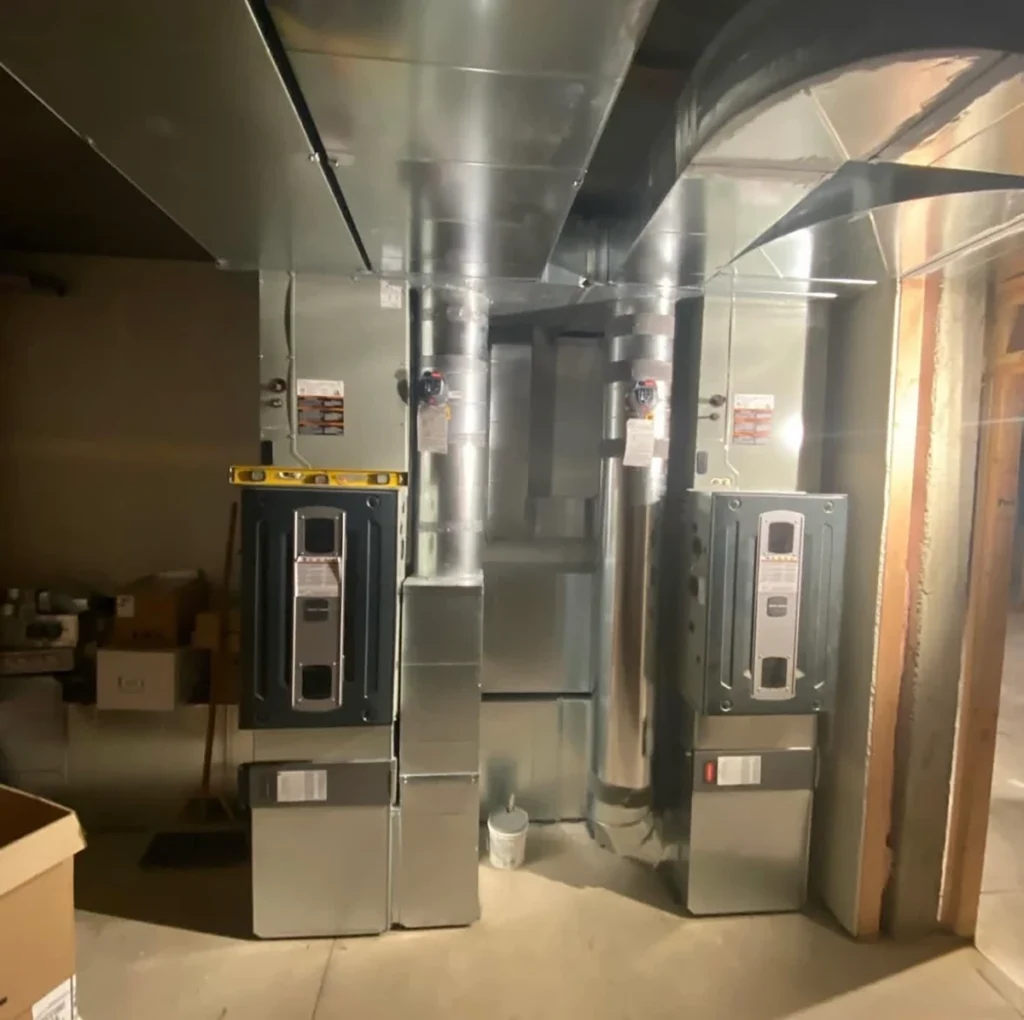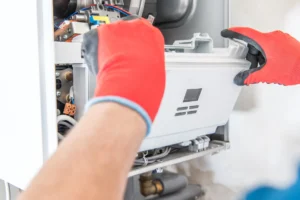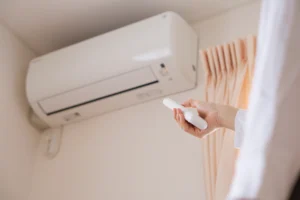When most people think about heating and cooling, the focus is usually on the furnace or air conditioner. But there’s another key player in the system that often goes unnoticed—the plenum. In fact, many of the comfort and efficiency issues we see come down to plenum HVAC problems. If you’ve never heard of it before, don’t worry—you’re not alone. Let’s break down what the plenum does, the common issues it faces, and how to spot problems before they become major repairs.
What Is a Plenum HVAC System?
The plenum is a box-like chamber that connects the furnace or air handler to the ductwork. Think of it as a giant distribution hub for your home’s airflow. The supply plenum pushes conditioned air into the ducts, while the return plenum pulls air back to the unit. Without it, your HVAC system simply couldn’t circulate air properly.
When the plenum is working right, you don’t think twice about it. But when it’s not, you’ll notice uneven temperatures, strange noises, or higher energy bills.
Common Plenum HVAC Problems
Like any part of your system, the plenum can run into trouble. Here are a few of the most common problems we come across in the field.
Leaks in the Plenum
Over time, the seams in the plenum can loosen, especially if the installation wasn’t sealed properly. Even a small leak can waste a surprising amount of energy. In fact, a report by the National Renewable Energy Laboratory (NREL) found that ducts located in attics or crawl spaces can lose 25–40% of the heating or cooling energy passing through them. That’s money literally escaping into thin air.
Dirty or Moldy Plenum
Because the return plenum pulls in air from inside your home, dust and moisture can build up quickly. If you’ve ever wondered why air smells musty when the system kicks on, a dirty plenum might be the culprit. In some cases, mold growth inside the plenum can also affect indoor air quality. The Environmental Protection Agency (EPA) warns that mold exposure can trigger allergies and respiratory issues.
Undersized or Poorly Designed Plenum HVAC Systems
A plenum that’s too small or poorly designed will choke airflow. This often happens in older homes or with rushed installations. The result is weak airflow in certain rooms and an overworked HVAC system. Not only does this make your home uncomfortable, but it also shortens the life of your equipment.
Damaged Insulation
Most plenums are insulated to keep conditioned air at the right temperature as it moves through. If the insulation is damaged, you’ll lose efficiency. This problem is especially common in unconditioned spaces like attics and basements.
Signs You May Have a Plenum HVAC Issue
Not every homeowner knows what to look for, but some red flags are easier to spot than you think. Here are signs you may have a plenum-related problem:
Uneven heating or cooling across rooms
Higher energy bills without obvious cause
Strange noises when the system cycles on
Musty or dusty smells from vents
Frequent breakdowns of your HVAC equipment
If you’re noticing these, it’s time to have the plenum checked. In many cases, addressing plenum issues early can prevent more expensive repairs later.
Why Plenum HVAC Problems Are Often Overlooked
One of the biggest reasons plenum issues get ignored is because the plenum itself is out of sight. Homeowners rarely open up the system to take a look. And when service calls focus on the furnace or AC, the plenum doesn’t always get the attention it deserves. That’s why regular inspections and maintenance are so important.
How to Prevent Plenum HVAC Issues
The good news is that most plenum problems are preventable. Here’s what we recommend:
Schedule regular HVAC maintenance – A professional inspection at least twice a year keeps plenums and ducts in check.
Replace filters on time – Dirty filters strain airflow and contribute to plenum buildup.
Seal leaks early – If you notice gaps or loose connections, sealing them right away saves money long-term.
Keep humidity under control – Dehumidifiers or whole-home solutions reduce moisture buildup inside the return plenum.
For more tips on preventing air leaks and keeping your system efficient, check out Energy Star’s duct sealing guide.
When to Call a Professional
While you can spot symptoms, fixing plenum HVAC problems is usually not a DIY project. Improper sealing or design mistakes can actually make things worse. A qualified technician can test airflow, check for leaks, clean buildup, and redesign a plenum if needed. If your system is older, upgrading the plenum may even improve efficiency more than replacing the equipment itself.
Final Thoughts on Plenum HVAC Problems
The plenum might not be the flashiest part of your system, but it’s one of the most important. Ignoring plenum HVAC issues can lead to higher bills, poor indoor air quality, and uneven comfort. With regular maintenance and the right repairs, you can keep your system running smoothly for years.
At Sub Zero Temp Control, we’ve worked with countless homeowners across Vancouver, WA, and the surrounding areas to solve complex HVAC problems. Whether it’s unusual odors, uneven airflow, or high energy costs, we know how to get to the root of the problem and fix it correctly. If you’re ready to get your system checked, contact Sub Zero Temp Control today to schedule your service.
Read Next: Humidifier vs Dehumidifier: What’s the Difference?






